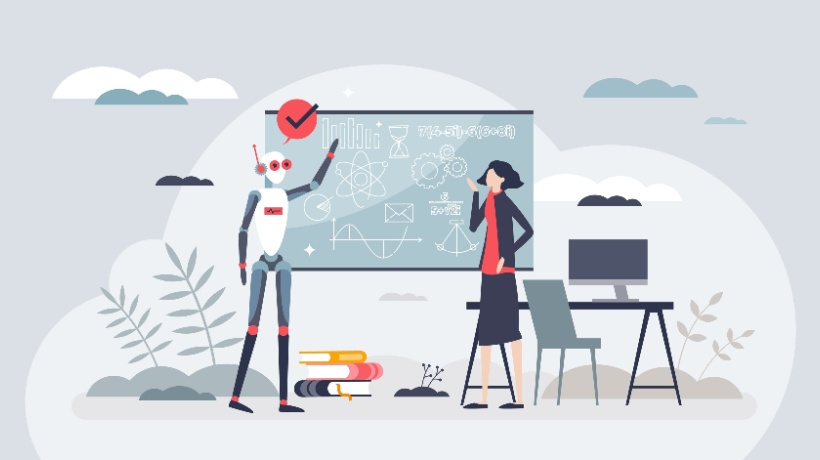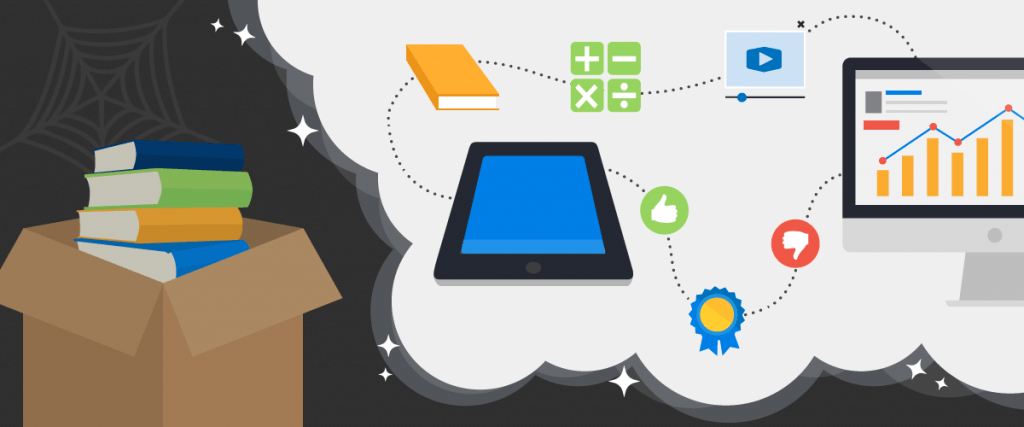What is the main purpose of eLearning? Is it to supplement the activities of a teacher or is it to replace them? I'm afraid that if you think it is to replace a teacher (or the facilitator if you love your business jargon), we are not doing a very good job.The reason I say this, is because I have found throughout my 8 years of teaching English as a second language, the majority of online material or courses that I have used with my students has been sadly lacking in replacing the need for me. Although very useful in some respects, countless times I have had to explain things which my students have not understood or been confused with. Another issue I have noticed is that they quickly forgot what they learnt. So why is this?In my opinion, the reason why a lot of eLearning material isn't really working at the moment has nothing to do with the technology or the learners and everything to do with its execution. When I talk of execution, I don't mean how beautiful it looks, the instructions or how well the user interface works. It's failing because it doesn't take into account how people learn, understand and remember things.
Instructional learning
Probably ever since people have started to attend some form of schooling, the main way people have been taught has been through instructional learning (where people are taught by 'this is how you do it' or 'this is what happens/happened'). Like when you are being taught to drive a car, you learn through instructions and memorising (copying and repetition).Although not necessary a bad way to learn for some people (especially for young children) or for somethings (like how to use an application), it isn't an ideal way for making people understand things. You normally find in this type of learning method, the material or exercise gives the learner everything (the process of what to do or the reason why something happens etc...). The one thing that it doesn't do, is to encourage the learner to have to think for themselves, to find the solution/reason themselves or to come up with their own conclusions.I normally find when teaching if I use this type of method with my students three things happen. The first is that most students just copy down and replicate it, but seldom understand it and quickly forget it. The second thing is that my students quickly get bored because they are not engaged in the class or with the material, they are more observing rather than participating in the class. The third thing is that I need to spend time trying to explain what I have just taught to the few students who openly admit they don't understand it.It isn't an ideal method of learning (from either the students' or teacher's perspective). But at least in a classroom environment, there is a teacher present to try to motivate or help the students. In an online eLearning environment, who is going to do this?
Learning through discovery
Maybe it is a reflection of my own (special) needs, but I've never really learnt well through following instructions or being told things. It normally goes in one ear and out the other. I've found that I understand things better if I can discover myself the reason why something works, or why something is necessary or what the meaning of something is.The process of having to think yourself (rather than being told) to find the reason or solution means that you are more engaged in what you are learning. By connecting the dots together in your own mind, not only makes it easier to understand something better, but also easier to remember it. This method of learning, is what I call 'learning through discovery', because the learner learns through discovering things themselves, not being told.eLearning material should be focused on making the learner think. Very much like solving a puzzle or assembling a jigsaw, the exercise should provide the means for the learner to easily discover themselves and understand the knowledge or skills that you are trying to pass to them. You provide the learner with all the pieces they need to understand something and let them do the rest.I use this learning method myself on my website to teach people business English vocabulary and concepts. The way I do it is through using context. I introduce in a simple text around ten new English words or phrases (which are in bold in the text) that I want the people doing the exercise to learn. From using the context in which the word or phrase is in (carefully constructed to help the learner), the learner is able to (and has to) work out the meaning of the words/phrases themselves. At the end, they have to do a test to check if they understand the meaning by matching the words/phrases to definitions (Click HERE to see an example).From doing testing with my own students (with no interference from myself), I have been pleasantly surprised how well this method works in not only the students understanding the words/phrases (of course they still make mistakes), but in also how long they remember them.As creators of eLearning material, this process of learning through discovery is something we must take into account when designing courses or exercises. This is especially important if the material is for a teacherless environment, where there is no immediate way for the learner to ask for help if they are confused or don’t understand.
The problemThe only real problem I have found in using this 'learning through discovery' method, is the amount of time it takes to create exercises/material using it. Everything you do in the exercise has to be focused on helping the learner discover and understand themselves the concept and/or meaning of what you are trying to teach them. It unfortunately takes a lot longer to plan and create this type of material than writing material which simply tells them things or gives them instructions (that's probably one of the main reasons why much eLearning content today on the web still uses the instructional learning method). In conclusionAlthough 'instructional learning' does have its uses in eLearning (especially when showing people how to perform some tasks on applications), I feel that using 'learning through discovery' is far more successful in making people learn and remember concepts, theories and meanings.If you want people to be able to learn more easily, understand and remember the things you are trying to teach them, I recommend that you design your courses and material using the 'learning through discovery' method. This is especially important if your eLearning material is teacherless, because there is nothing more likely to make somebody frustrated than getting confused with no-one to ask for help. Although the simple method I use to teach on my website (using context) is very successful for teaching languages, it may not work so well for others subjects. By all means try it. But you really should think of other ways that you can get your learners to discover and understand the knowledge or skills you are passing to them (e.g. a problem solving exercise, with a game etc...).









